The Oldsmobile 88 name goes way back, to 1949 and the first overhead-valve Olds V8 engines, and 88 (later on called "Eighty-Eight") production continued through 1999. How deeply embedded is the Olds 88 in American history? The very first rock-n-roll song ever recorded, by Ike Turner in 1951, had the 88 and its "Rocket" V8 engine as its subject matter. The 88 attained its most imposing bulk in its seventh generation, built for the 1971 through 1976 model years, and today's Junkyard Gem— found in a self-service yard just outside the Denver city limits— is one of those magnificently vast cars.
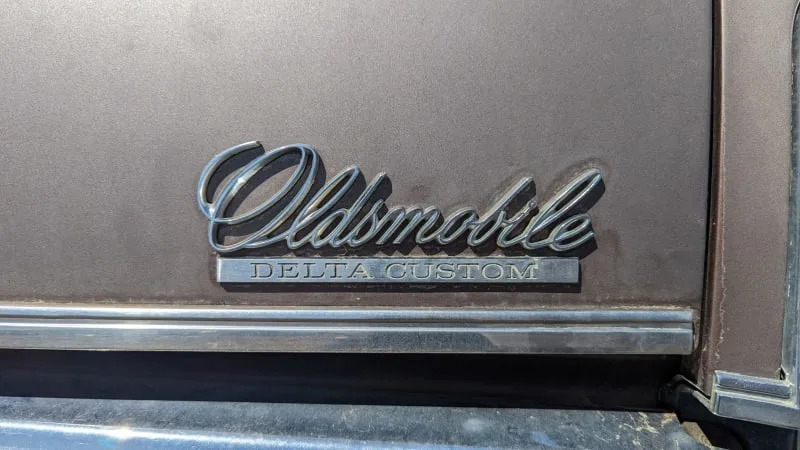
In earlier years, the various trim levels for the 88 were given designations such as Jetstar, Super, Dynamic, Delmont, and Delta. After the last 1968 Delmont 88s were sold, all 88s became Delta 88s. This continued until 1989, when the Delta name got the axe and the 88 became the Eighty-Eight.

This car is a Delta Custom, which was the mid-grade 88 for 1971. It was positioned between the entry-level Delta 88 and the top-of-the-pyramid Delta Royale.
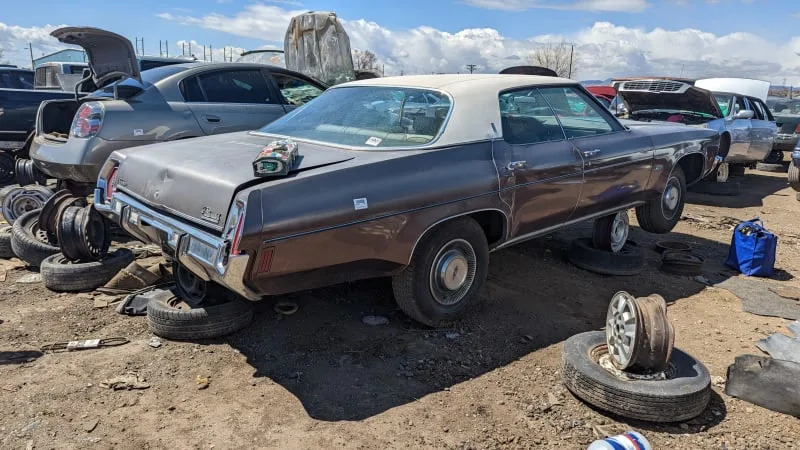
From the early 1960s until the switch to front-wheel-drive in 1986, the Olds 88 was sibling to the Chevrolet Impala, Pontiac Bonneville, Buick LeSabre, and all the other rear-wheel-drive GM B-Body cars of the period.
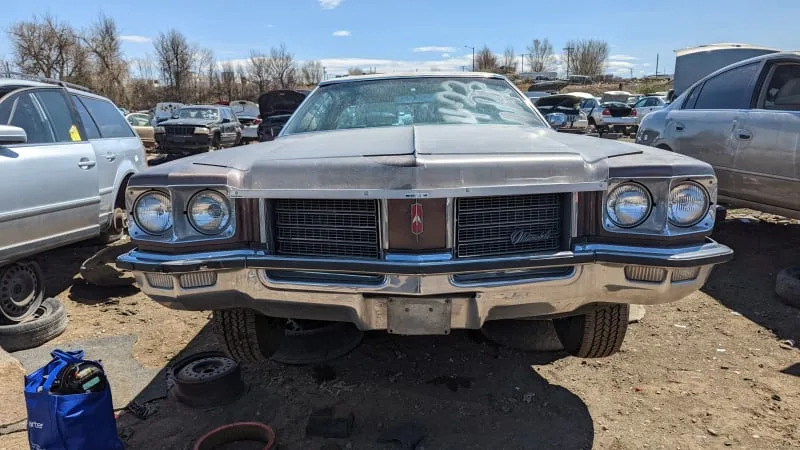
For 1971, the 88's wheelbase remained the same while the body got substantially bigger. This car scaled in at 4,334 pounds, about 350 pounds heavier than its Impala counterpart that year and about the same as a 2022 Chevy Traverse.
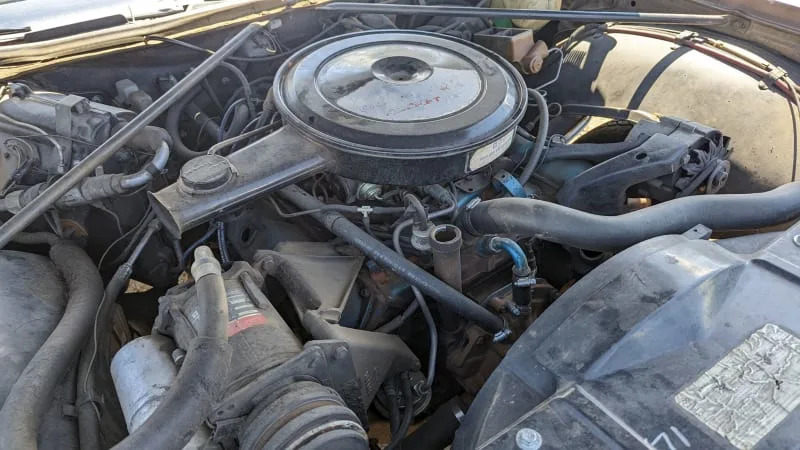
Under the hood, we find Dr. Oldsmobile's legendary 455-cubic-inch (7.5-liter) pushrod V8, a smooth runner that was the largest-displacement Oldsmobile engine of the modern era (car shoppers in 1912 could buy a new Olds with a straight-six displacing 706 cubic inches).
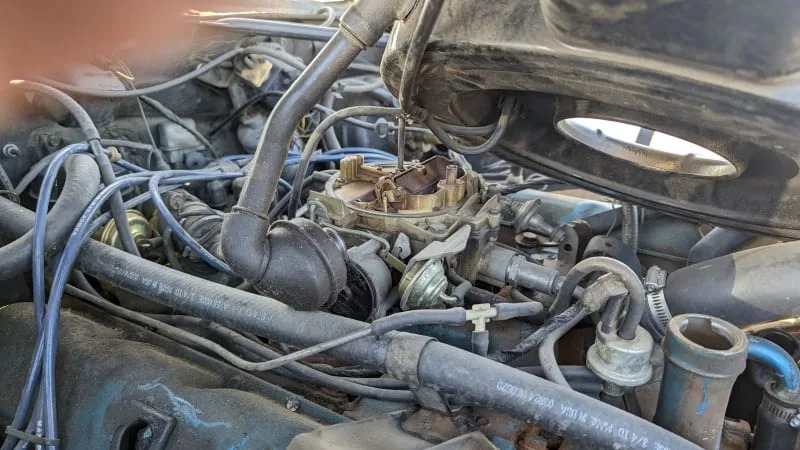
Power was down compared to 1970, partly due to compression ratios being lowered to comply with new emission standards and partly due to the transition from somewhat stretchy gross engine-power numbers (sometimes fudged upward to make vehicles seem faster, sometimes fudged downward to make insurance rates cheaper) to strict SAE net-power standards. Still, this 455 was rated at 280 horsepower and an ocean-liner-like 360 pound-feet of torque. It's telling that the 1971 Oldsmobile brochure doesn't mention horsepower at all, just torque. Believe it or not, you could get this car with a three-on-the-tree manual transmission from the factory, though this one has an automatic; starting in 1972, all Delta 88s came with automatic transmissions as base equipment.
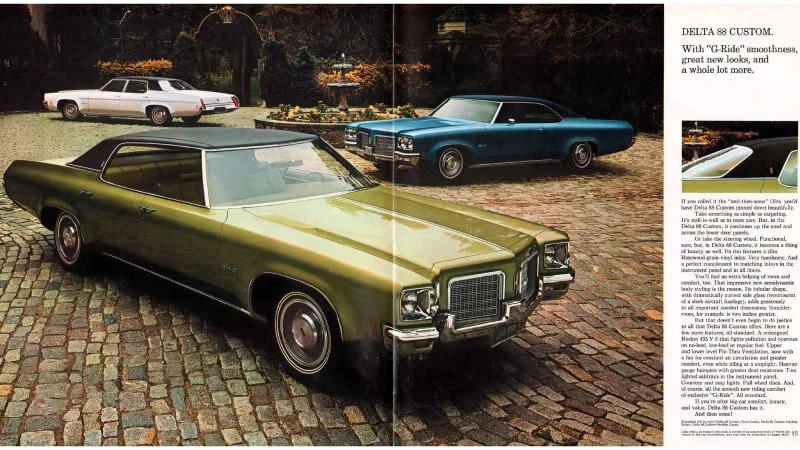
Oldsmobile made some suspension adjustments for 1971, allegedly to counter the G-forces of cornering while still maintaining a smooth Oldsmobilesque ride. This was called "G-Ride" and we can assume that it inspired rappers a quarter-century later. Oldsmobile songs have been with us since the days of the 1901 Curved-Dash, and they continue to be created 18 years after the final Oldsmobiles left Lansing Car Assembly.
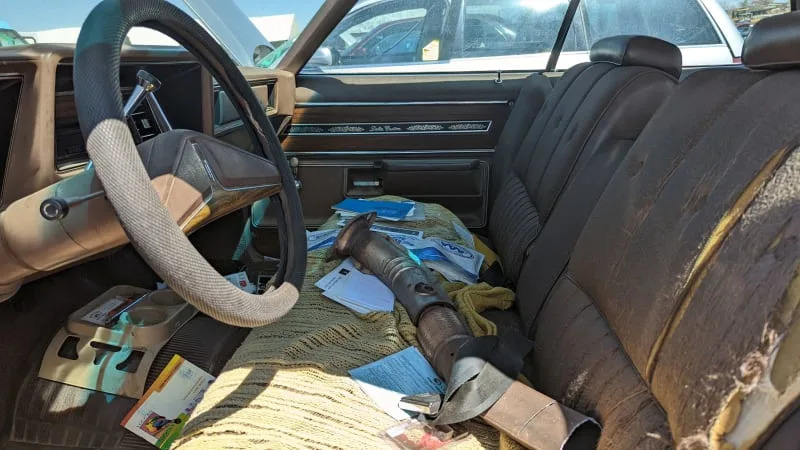
This car was in good shape when I found it, no rust to speak of and an interior much nicer than you'd expect after 51 years. It was full of papers that suggested the last time it was registered was the late 1990s.
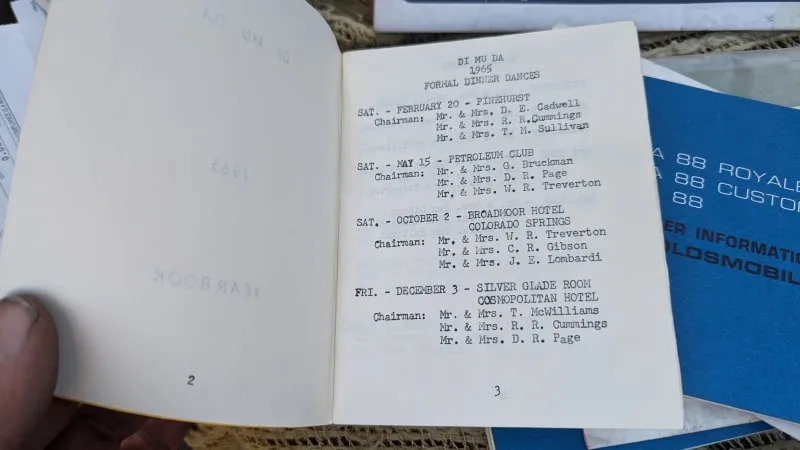
It included the 1965 yearbook for the DI MU DA Dance Club.

The original owner's manuals and Protect-O-Plate were still in the car. I kept the Protect-O-Plate, which now lives on my garage wall.
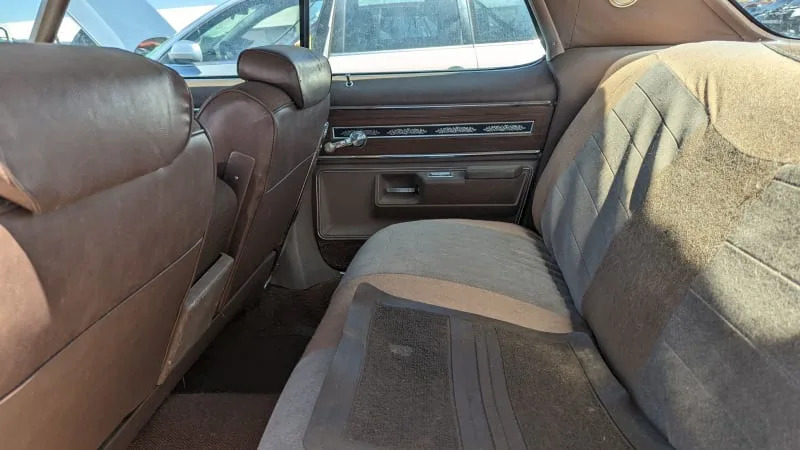
Even though it's a hardtop in easily restorable condition, a big four-door like this isn't particularly valuable nowadays. A Delta 88 Royale convertible would be another story, of course.
The G-Ride System was proven on the test track.
The Delta 88 got plenty of torture testing, according to this ad.
Save with year-end deals!
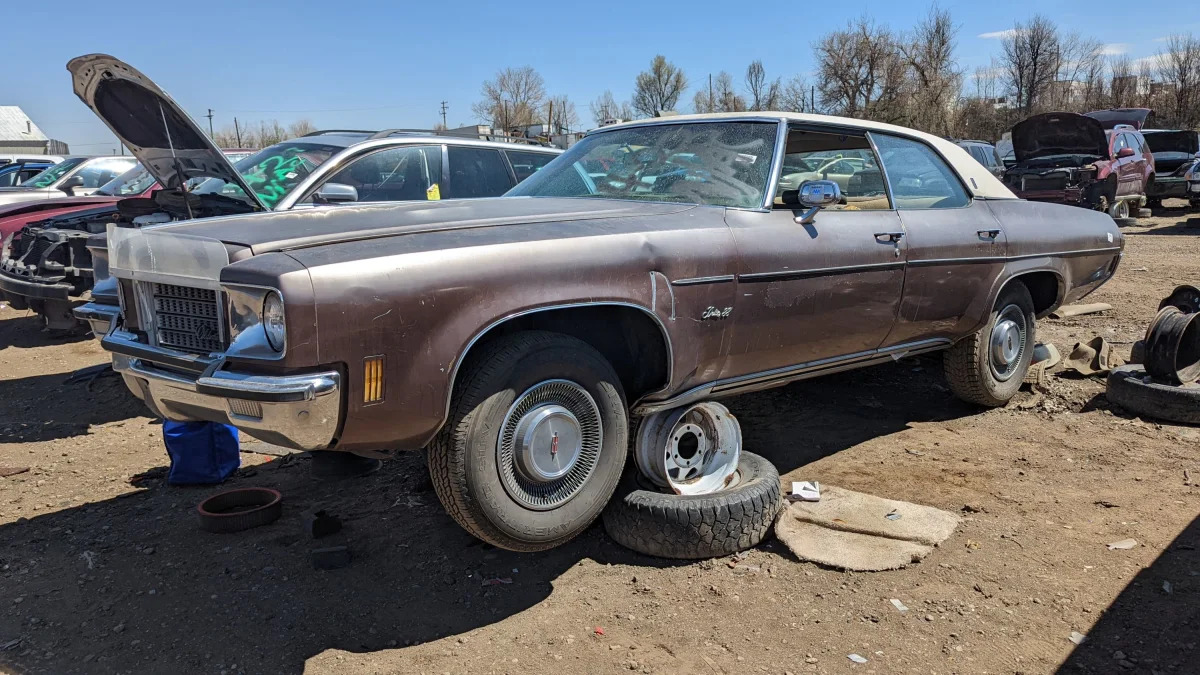









Sign in to post
Please sign in to leave a comment.
Continue